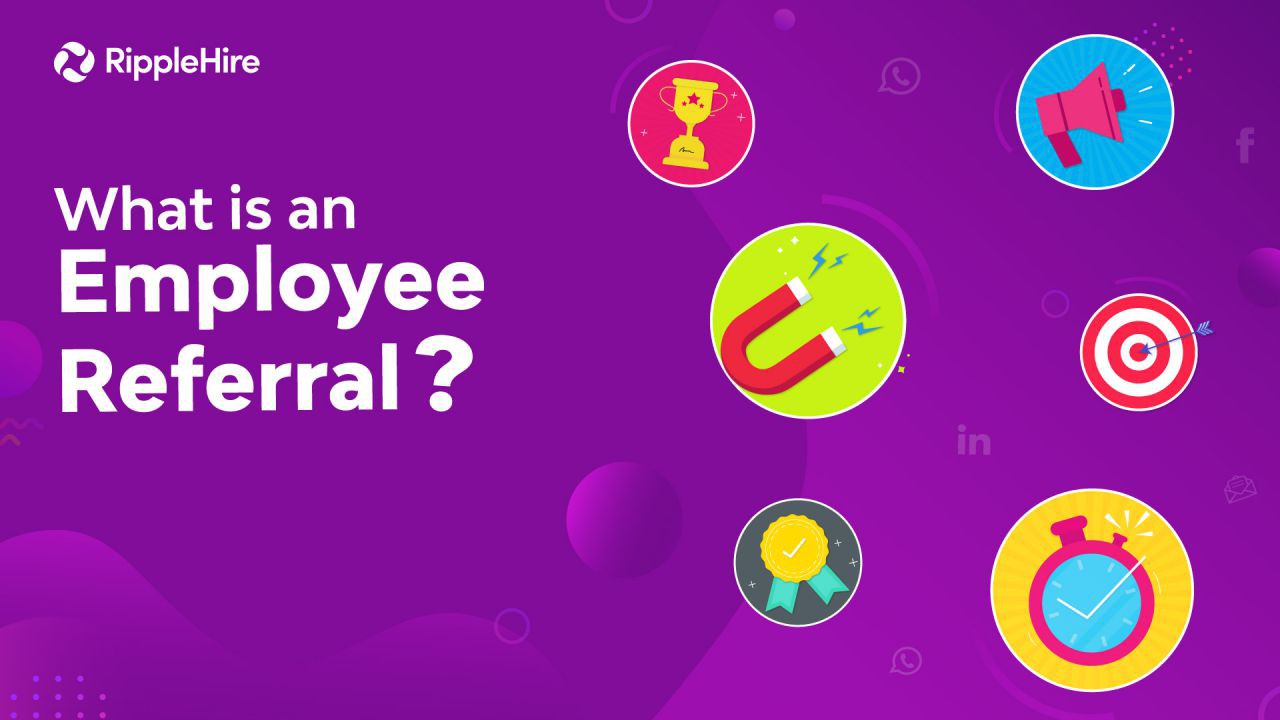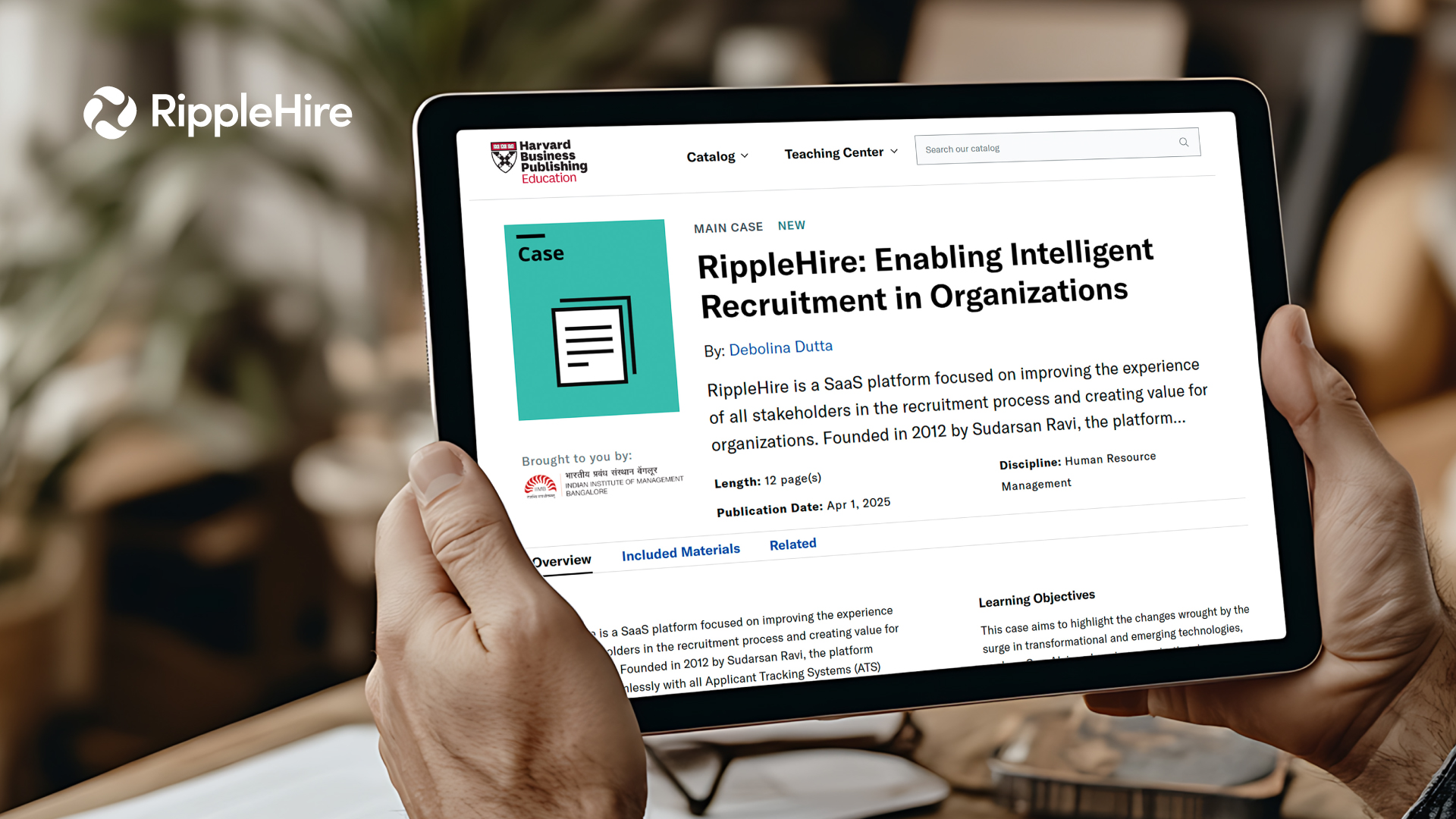What is an Employee Referral Program? (And Why It’s the Secret Weapon for Talent Acquisition)
Meta Description:
When it comes to hiring, most companies spend an enormous amount of time, effort, and money trying to get it right. They run job ads, subscribe to expensive databases, and hire external agencies. Yet, ask any recruiter what their best hires were—and you’ll often hear, “someone referred by an employee.”
So let’s get down to the basics. What exactly is an employee referral program, why does it matter so much, and what separates a good one from a great one?
Let’s unpack it.
What is an Employee Referral Program?
An employee referral program is a structured way for your employees to recommend people in their personal or professional networks for open roles at your company.
Think of it as a collaborative way to build your workforce—where employees don’t just fill out a form and move on. Instead, they participate in the hiring process by referring people they trust, understand the culture, and are likely to stay.
In an ideal world, a referral program isn’t just a policy sitting in your HR handbook. It’s an experience—one that feels frictionless for employees and recruiters alike. A well-run program keeps employees engaged, surfaces quality talent fast, and reduces hiring costs along the way.
Why Employee Referrals Are So Powerful
There are two major levers every talent leader is looking to improve: productivity and retention. And referrals move both.
-
Higher Productivity
According to internal data and industry benchmarks, hires made through referrals are about 32% more productive than those hired through traditional sources. -
Better Retention
Referred candidates tend to stay longer, and employees who refer someone build a stake in their success. That social contract helps drive retention.
And let’s not forget—referrals are inherently built on trust. When an employee refers someone, they’re essentially saying, “I vouch for this person.” That kind of endorsement can’t be bought through ads or job boards.
The True Value of a Referral Program (It’s Not Just the Bonus)
Some companies think of referrals as a transactional program— “give us a good candidate, we’ll give you a gift card.” But great programs aren’t built on rewards. They’re built on simplicity, transparency, and alignment.
Here’s what a great referral program delivers:
-
Higher-quality candidates at scale
These aren’t random job seekers. They’re pre-vetted by someone who knows your company. -
Faster time to hire
Referrals often move faster through the funnel because the candidate is already engaged. -
Lower cost per hire
Not only are bonuses often cheaper than agency fees, but the downstream costs (like time-to-fill and ramp-up) are also lower. -
Stronger employer brand
When an employee shares a job with their network, they’re not just recommending a role—they’re endorsing your company. That’s authentic, word-of-mouth brand marketing at its best.
Referral Programs Aren’t Just a Policy—they’re a Practice
A lot of teams make the mistake of thinking: “We have a referral policy, so we’re sorted.” Not quite.
Here’s what separates top-performing referral programs from average ones:
1. Structured Communication
Are you telling employees about open roles regularly? Are the JD links easy to share? Do they know who to refer and where?
The best programs treat communication as a campaign—not a one-time memo.
2. Frictionless Process
Employees are busy. If referring someone means filling out a 12-field form and chasing down updates, they’ll lose interest fast. Your system should allow them to refer with just a few clicks—and stay informed on the progress.
3. Easy Feedback Loops
Employees deserve to know what happened with the person they referred. Even if the candidate wasn’t selected, a simple update builds trust and ensures the employee continues engaging.
4. Recognition over Rewards
While monetary rewards are great, appreciation goes a long way. Publicly celebrating employees who refer great talent, or sending a thank-you note from leadership, can often be more powerful than a cash bonus.
What a Referral Program Looks Like in Action
Let’s break it down practically. Here’s how RippleHire, the high-performance ATS trusted by large enterprises, helps teams run referral programs that deliver real results.
-
Referral campaigns are embedded right inside the ATS.
No spreadsheets. No third-party tools. Just a built-in workflow where employees can refer, track, and view statuses in real-time. -
Smart nudges drive participation.
Employees get reminders when a new job goes live, when their referral progresses, or when a reward is due—without the recruiter needing to follow up. -
Insights that drive decisions.
You don’t just collect referrals. You see which teams are referring most, where bottlenecks occur, and how much ROI your program is generating.
That’s the difference between a referral policy and a referral engine.
👉 Want to see how it works? Book a demo and explore how our customers have increased their referral hiring by 3x.
How Referrals Impact Employer Branding
We touched on this earlier, but it deserves a dedicated section.
Every time your employee shares a job with their network, they’re telling people: “This is a place worth working at.” That builds brand awareness in places your marketing team can’t always reach.
What makes this particularly powerful is that it often reaches passive talent—the people who aren’t actively looking but might make a move for the right opportunity.
A strong referral program is one of the most organic, scalable ways to distribute your employer brand—especially across LinkedIn, WhatsApp, alumni groups, and niche forums.
Common Myths About Referral Programs
Let’s tackle a few misconceptions:
-
“Referrals only work in tech.”
Not true. Whether you’re hiring engineers or frontline staff, referrals consistently outperform traditional channels in quality and speed. -
“Only extroverts refer.”
With the right nudges and ease of use, even passive employees will participate—especially if they know who to refer. -
“Referral programs create bias.”
Any hiring channel can lead to bias if not managed properly. But structured referral programs with DEI goals can actually help you tap diverse networks.
Key Takeaways
-
Employee referral programs are about people, not just policies.
-
The best programs are simple, structured, and data-driven.
-
Referrals improve productivity, reduce cost, and build brand equity.
-
Recognition and communication are as important as rewards.
-
With the right tech, you can scale your referral engine effortlessly.
FAQs
1. Do referral programs really work for every kind of role?
Yes. While certain roles may be easier to fill via referrals (like mid-level positions), a smart program can be tailored to junior, niche, or senior roles effectively.
2. What if we don’t have a budget for referral bonuses?
Bonuses help, but they aren’t mandatory. Many employees refer simply because they believe in the company or want to help a friend. Recognition and communication matter more.
3. How can I prevent bias in referrals?
By encouraging referrals across teams, reviewing sourcing data regularly, and aligning with your DEI goals, you can ensure your referral pool remains inclusive.
4. Is it worth investing in software for referrals?
Absolutely. Manual programs often break down due to lack of visibility, tracking, and communication. A high-performance ATS like RippleHire helps automate and scale referral programs with ease.
5. What makes RippleHire different?
RippleHire isn’t just an ATS—it’s a referral engine designed to supercharge your hiring. From built-in campaigns to real-time dashboards, it helps teams move fast and hire better.
Ready to Build Your Referral Engine?
If your referral program isn’t delivering results—or if you haven’t started one yet—it’s a good time to rethink your approach.
Start with this free referral readiness checklist or schedule a demo with RippleHire to see how you can build a high-performance hiring engine using the power of employee networks.
Let your people bring in more great people. It works. We’ve seen it.






